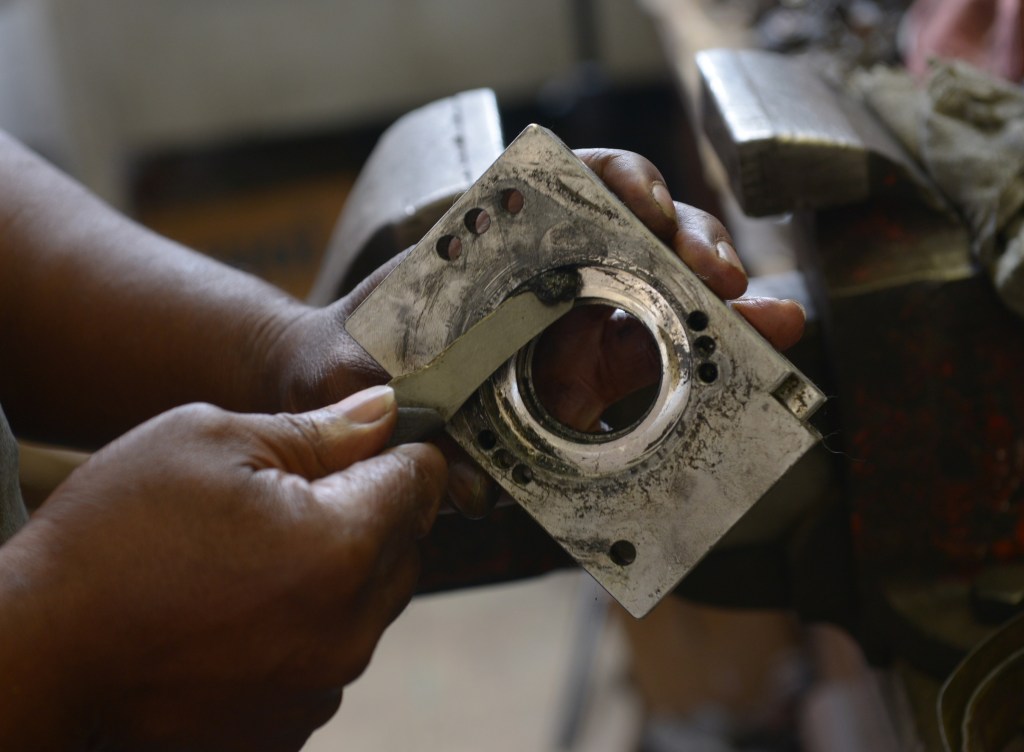
Is Your Car’s Alternator Going Bad?
Wrenching on parts might be physically tiring, but electrical gremlins can be some of the most annoying car repair tasks. The good news is not every issue is as frustrating to diagnose as, say, random parasitic draws. Although some of the signs are subtle, diagnosing a bad alternator is significantly easier. And you don’t even necessarily need a voltmeter to do it.
Why does your alternator go bad?

Although it’s a critical part of your car’s electric system, the alternator is as much a mechanical part as an electrical one. The engine’s serpentine belt rotates a pulley on one end that spins an internal magnetic-covered rotor inside a stator of coiled copper wiring. This creates alternating current (AC) that’s converted to direct current (DC) to recharge the battery and power the lights and accessories.
Normally, alternators last around 6-10 years or roughly 80,000-150,000 miles, The Drive says. This roughly coincides with the average serpentine belt’s lifespan. And serpentine belt failures, or improperly tightened belts, can wreak havoc on the alternator. But there are other reasons why alternators go bad because, as noted earlier, they’re mechanical devices, too.
For example, the bearings can wear down over time and stop the rotor from spinning. The copper wires can also loosen up or even break over time. Also, the diodes that regulate the AC-DC conversion can fail due to age and, as some C6 Corvettes can attest to, extreme heat. Plus, some alternators have voltage regulators to prevent overcharging; these can go bad as well.
What are the symptoms of a bad alternator?
Because serpentine belt problems can make good alternators go bad, if you hear squealing under your hood, check your belts. But “metallic whirring, grinding, or whining sounds” while driving, are alternator symptoms, The Drive says. The grinding comes from the bearing while the whining and whirring noises likely point to the voltage regulator, Car Bibles explains.
In addition to the noises, bad alternators also have electrical symptoms. Usually, that means things like dim interior lights as well as malfunctioning or poorly functioning stereos, windshield wipers, seat heaters, door locks, and so on. But dim and flickering headlights are a particularly obvious sign, especially if they temporarily get brighter as you accelerate. And if the alternator is sending too much juice through your system, you might smell burning wiring.
Also, a car with a bad alternator might stall unexpectedly or struggle to start at all. You might also see a battery warning light pop up on your dash, The Drive reports. And that leads to a common car repair question: is it the alternator or the battery?
Is it your battery or your alternator that’s bad?
Now, weak, damaged, and/or dead car batteries also cause starting problems. But if your new battery requires regular jump starts, then you likely have a bad alternator. If you’re still unsure, though, there is a way to check.
It’s possible to check by removing the negative battery cable while the engine’s running. If the engine stalls, you have a bad alternator; if it doesn’t, it’s a battery problem, Car Bibles explains. However, this isn’t necessarily the safest method, and it can cause further electrical issues.
Instead, hook a voltmeter or multimeter to an installed fully-charged battery and start the engine. If you see more than 15 volts, your alternator is overcharging the battery. And if the battery dips below 13 volts when you turn on the headlights and radio, your battery isn’t being charged enough. Regardless, both are symptoms of a bad alternator.
Can you drive without replacing it?

As noted earlier, a failing alternator might make your car impossible to start. But if your battery is relatively fresh, it might still fire up. However, driving with a bad alternator isn’t a good idea.
For one, your battery could get overcharged, which causes internal damage and might make it explode. Secondly, a car with flickering or non-functioning headlights and malfunctioning electronics is just plain unsafe. So, unless you have no other option, tow the car to a mechanic or replace the alternator yourself before you drive it.
Follow more updates from MotorBiscuit on our Facebook page.


